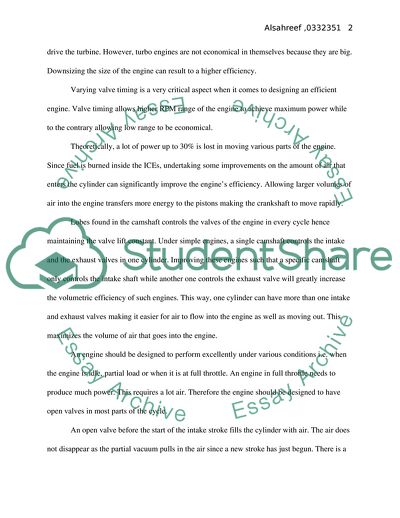Cite this document
(Features Of An Efficient Engine Article Example | Topics and Well Written Essays - 1500 words, n.d.)
Features Of An Efficient Engine Article Example | Topics and Well Written Essays - 1500 words. https://studentshare.org/technology/1869154-engine-efficiency
Features Of An Efficient Engine Article Example | Topics and Well Written Essays - 1500 words. https://studentshare.org/technology/1869154-engine-efficiency
(Features Of An Efficient Engine Article Example | Topics and Well Written Essays - 1500 Words)
Features Of An Efficient Engine Article Example | Topics and Well Written Essays - 1500 Words. https://studentshare.org/technology/1869154-engine-efficiency.
Features Of An Efficient Engine Article Example | Topics and Well Written Essays - 1500 Words. https://studentshare.org/technology/1869154-engine-efficiency.
“Features Of An Efficient Engine Article Example | Topics and Well Written Essays - 1500 Words”. https://studentshare.org/technology/1869154-engine-efficiency.


